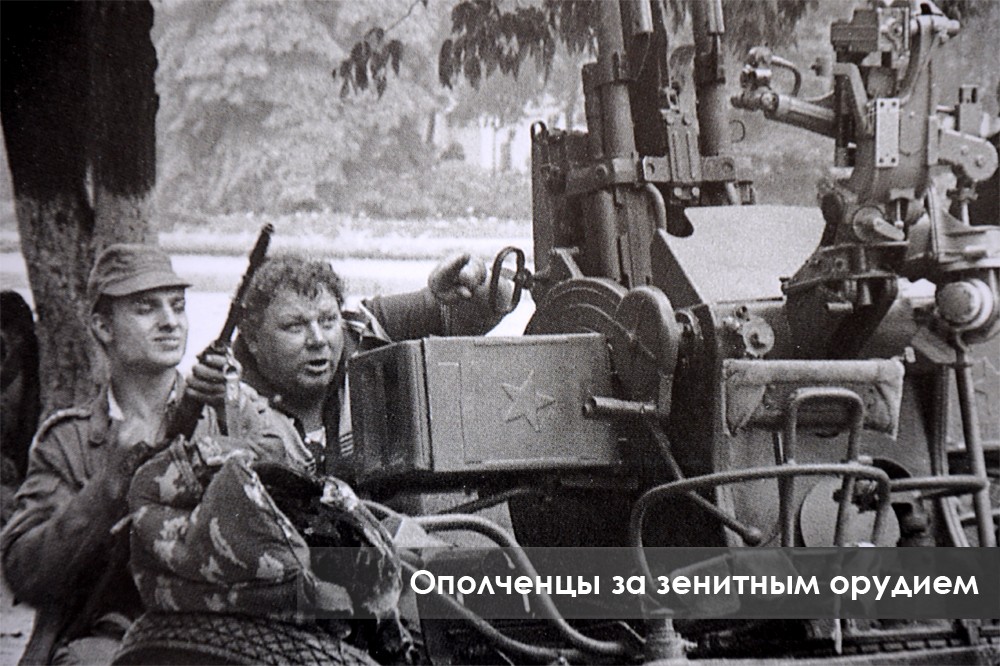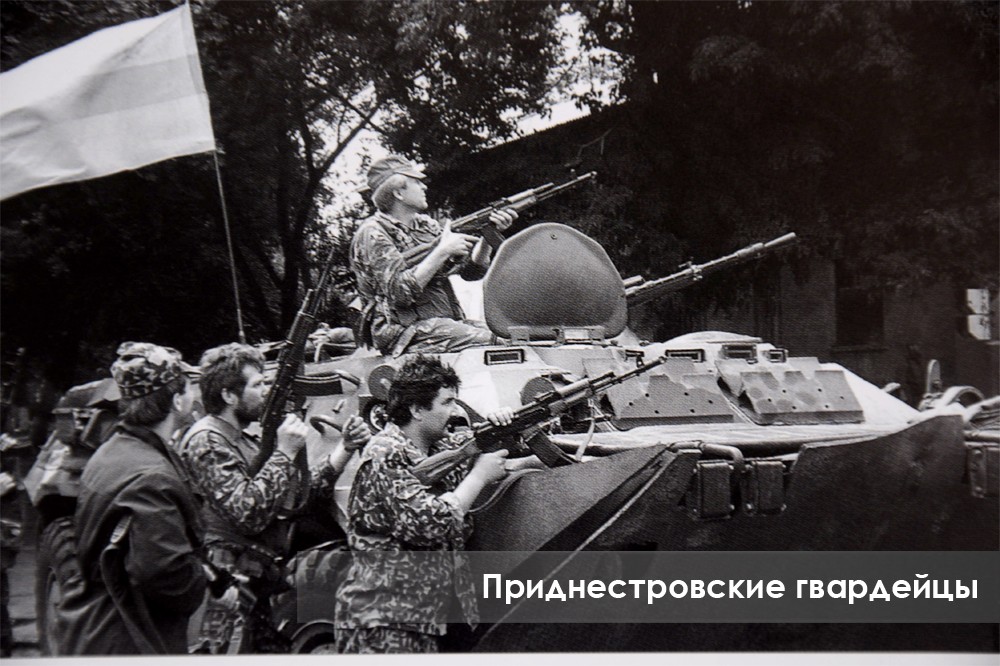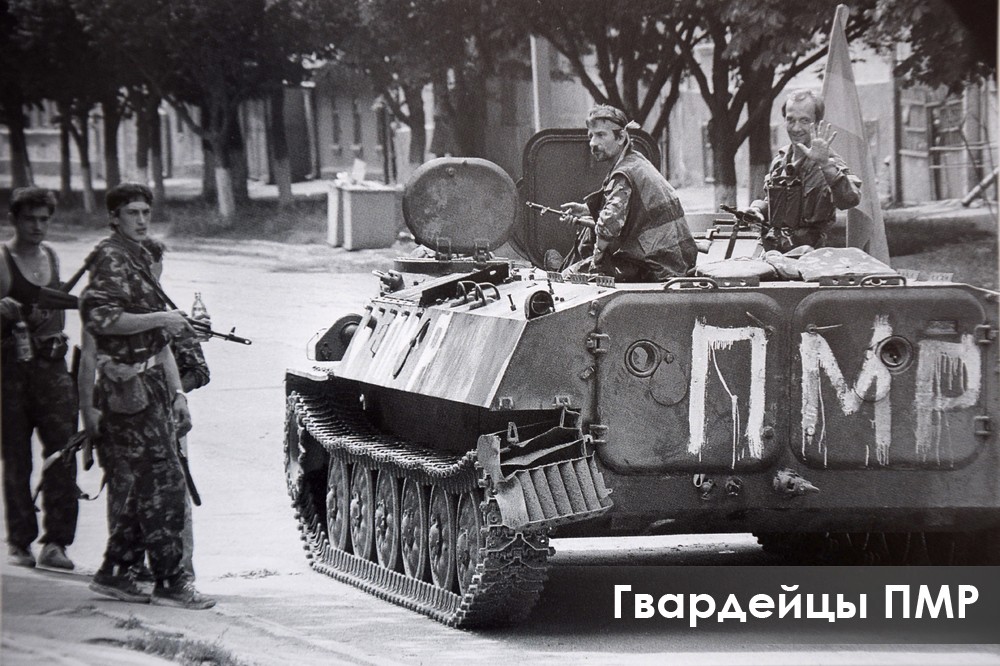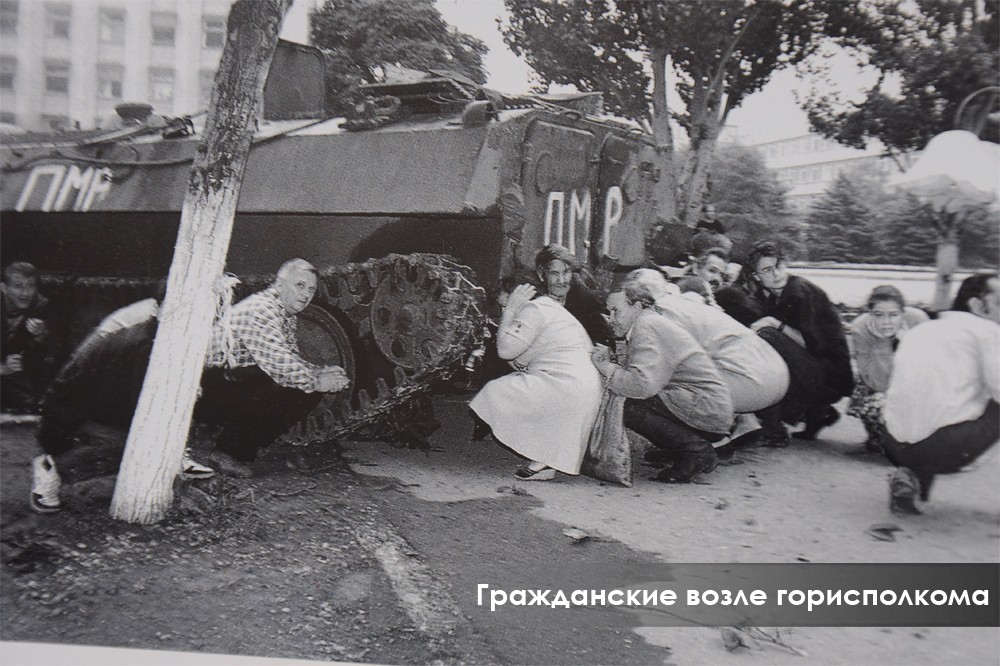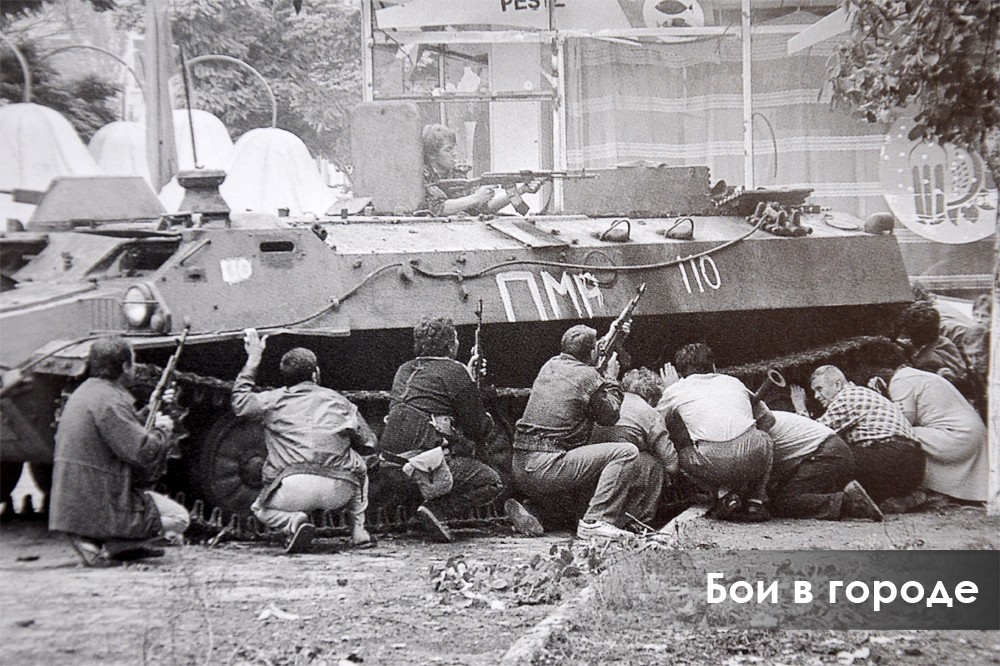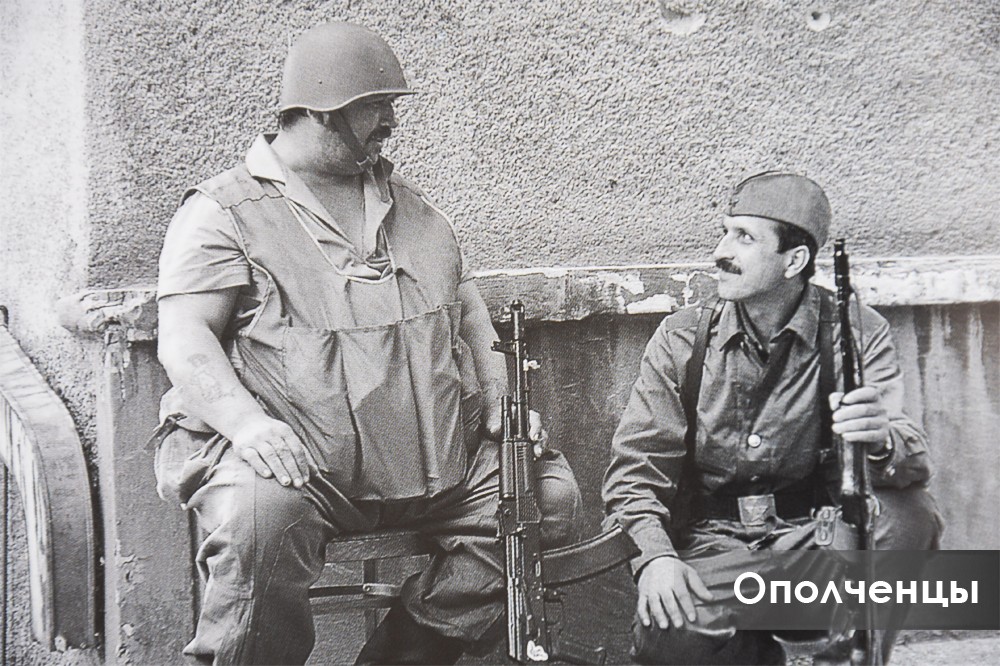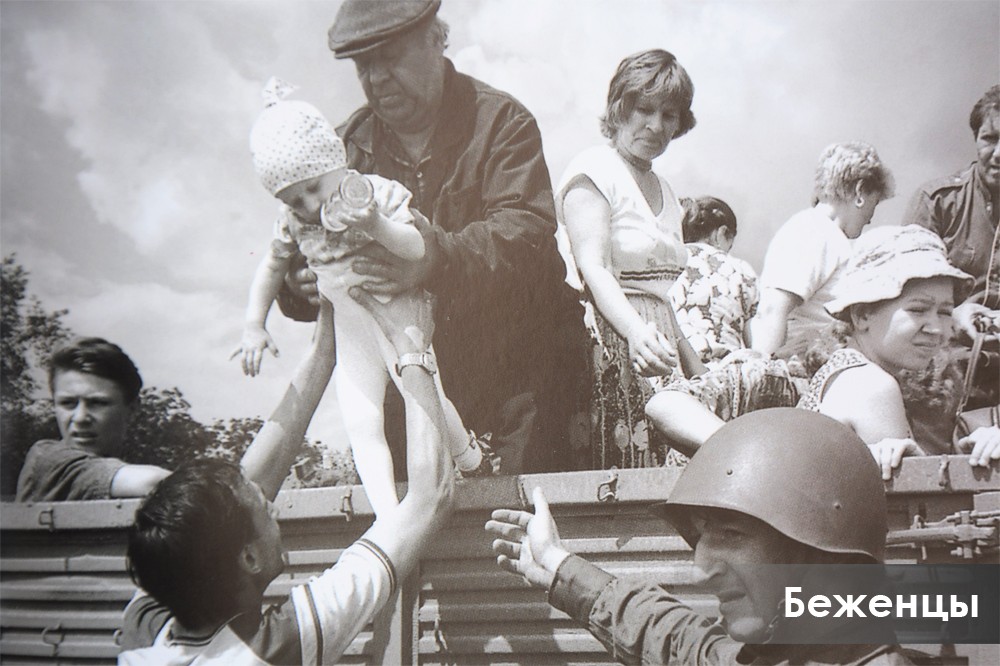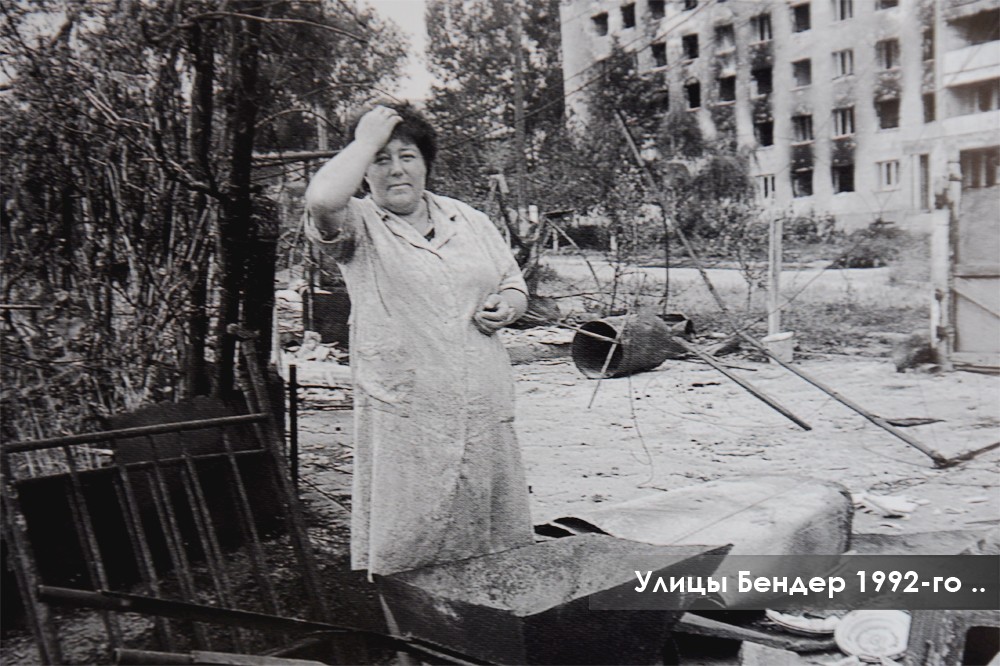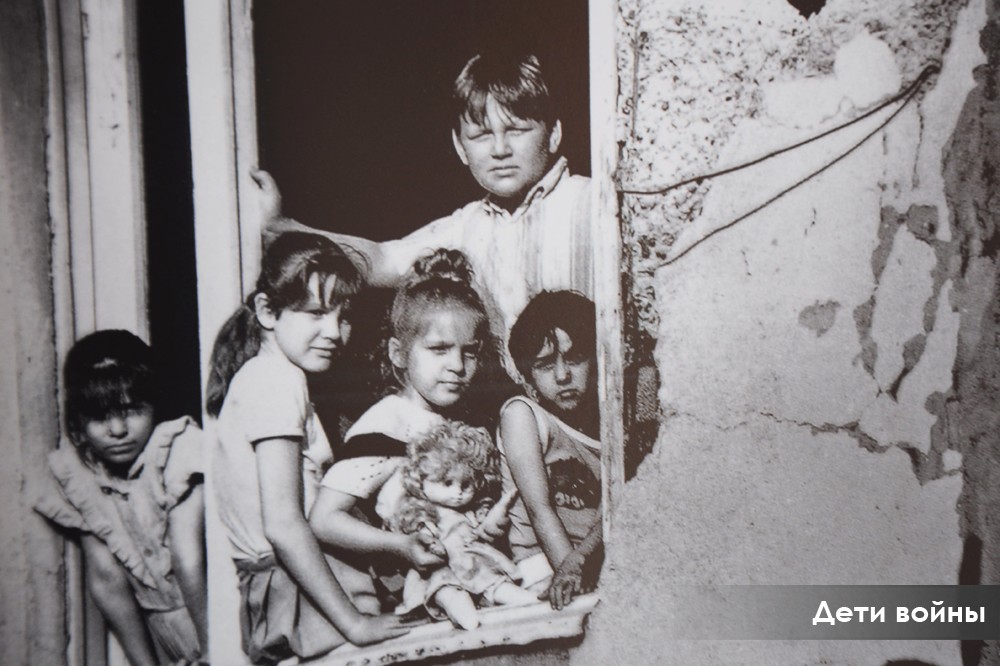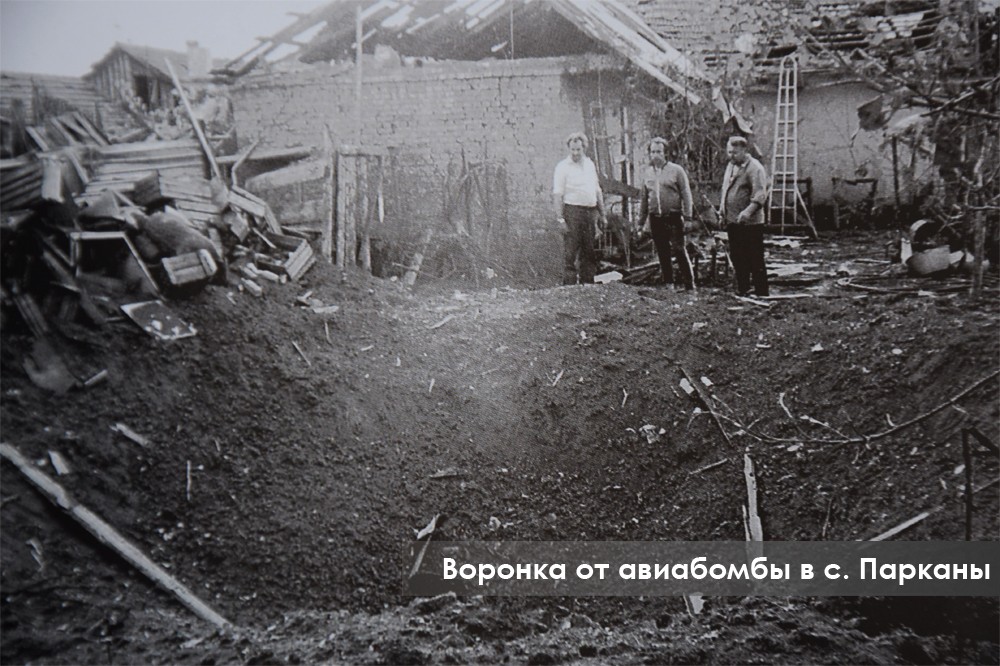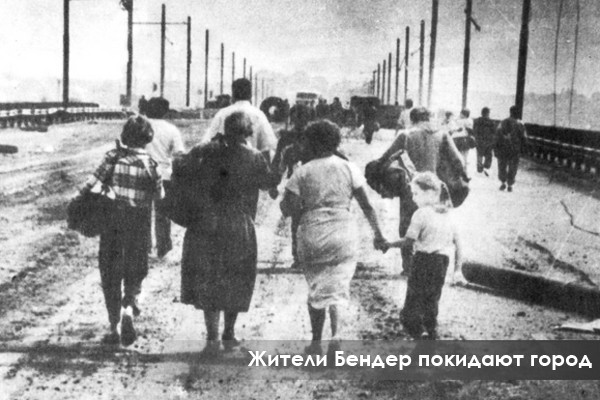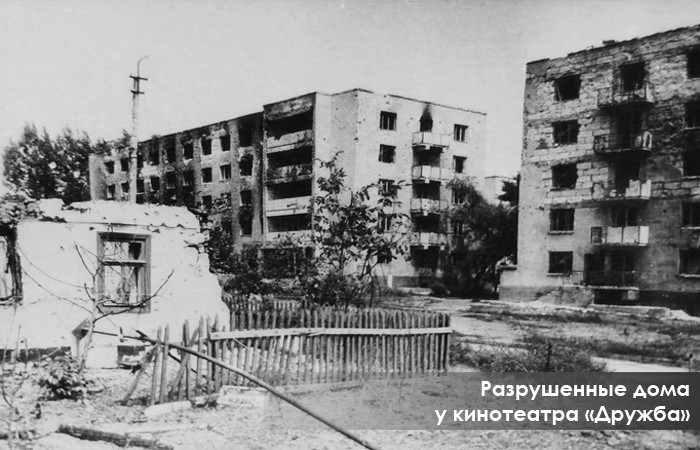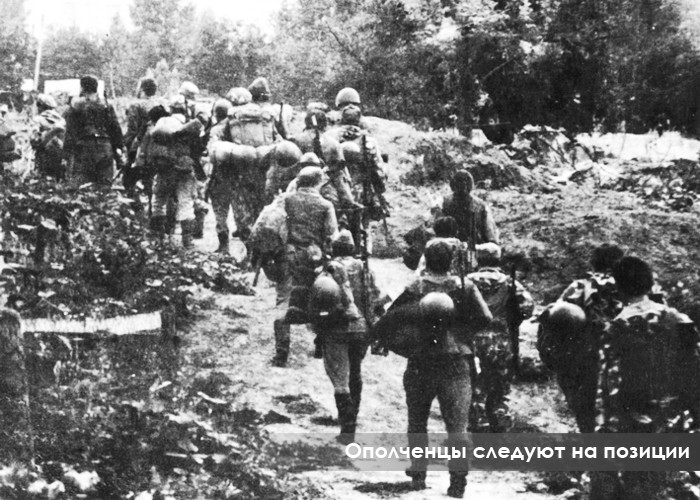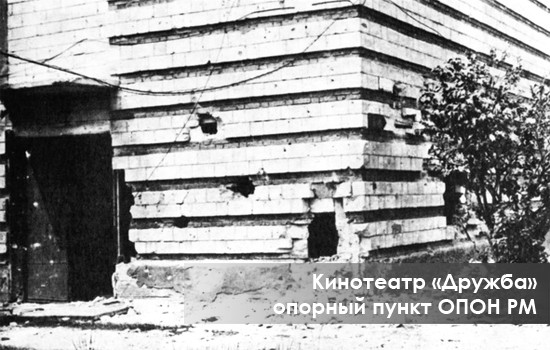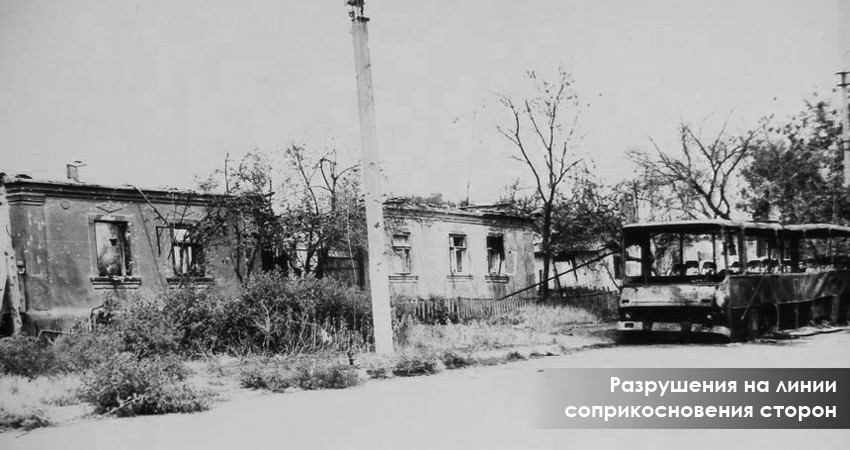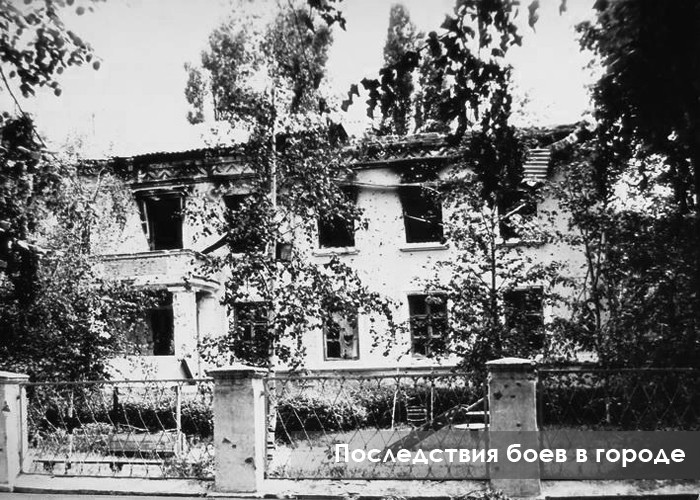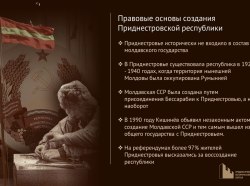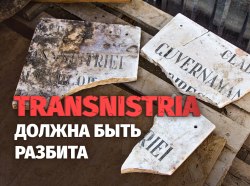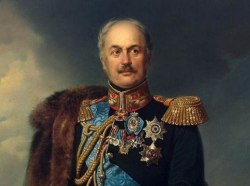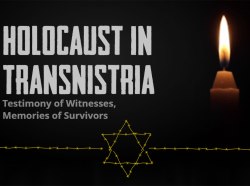The success in the battle for the bridge allowed the Pridnestrovian forces to unblock the city. Bendery’s centre was almost completely liberated. On the night of 21 June Moldovan police and armed forces rolled back to the suburbs. However, they were still holding control of several strong points and were receiving reinforcements.
OPON (riot police) units began to shell Bendery from the district of the police department, Floare factory and canning factory. At the same time, the Moldovan army began to deploy heavy guns at Suvorov Mount. The residential area near the Druzhba cinema was turned into a serious stronghold by OPON units. The battle for Bendery was at its height.
The participants of the events say that it is the period from 20 to 30 June that was the most intense. The city was full of snipers, who turned the life of residents into a post-apocalyptic TV series. The city’s executive committee was receiving numerous reports on blond female snipers: «a female is shooting a rifle in Pavlik Morozov St”, «a sniper is periodically shooting in Tamara Kruchok St”, «there is a sniper on the Goods for Children shop”, «there is a sniper on the roof of the Victoria shop”.
Anatoly Bulda, commander of the 204th militia battalion: ”Snipers were merciless. There were rumours about female target shooters from ex-Soviet Baltic republics who came to Pridnestrovie to gain trophies. We were doing our best to find them. Once we detected the position of one of them in a college building in Benderskoye Vosstaniye St, but failed to capture her. On seeing us she left her layer and ran away. Only a lattice separated us, and while we were evading the obstacle, the sniper managed to quit.”
According to militiamen, sometimes the location of the belligerents looked like a layer cake. Not once did some residential areas pass over from hands to hands. Especially intense fighting took place near the Druzhba cinema, where as a result the whole block of buildings was totally destroyed.
Lieutenant Colonel K., commander of TSO subunit (from the book by G. Volovoy): ”The intense fighting had already been under way, when we approached the vicinity of the Druzhba cinema, where we consolidated and were firing on. The task was to prevent attack attempts by the Moldovan units, which had gained vast military experience in Koshnitsa, Kochiery and near Dubossary. Both we and they were making extensive use of yards, side streets and private houses. Sometimes our reconnaissance groups were moving across parallel yards.”
Pridnestrovian militiamen tried to capture the symbol of the OPON’s defence — the city’s police department, but got stuck in fierce street clashes.
Valery Ishkov, commander of the 203rd militia battalion: «We had only assault rifles when we were advancing to the police department. The tank that would have to support the attack had broken down. There we suffered a large defeat. We got under heavy mortar shelling. A grenade exploded a few metres away from me, but a stack of bricks I hid behind saved my life.”
Nevertheless, militia units managed to take control over Bendery’s biggest residential areas.
Yury Zhosan, chief of staff of the 202nd militia battalion: «We gained control over the Solnechniy residential area. It was the key position as it prevents the opportunity of entering the city along the Kishinev motorway. Having received reinforcement, we organised a serious defence line, which is why the Moldovan armed forces feared to launch an assault. They were limited to machinegun firing and mortar bombardment, which was also dangerous. A mine once flew into the staff and the explosion threw out a huge safe, smashing it all over. Luckily, none of my people got hurt».
Grigory Agre, commander of the 202nd militia battalion: «We captured the silk factory and cotton factory to prevent the Moldovan forces' breakthrough in the south of the city. We attempted to fight through the railway crossing, but were stopped with a heavy fire. Later, the contact line passed along the railway crossing. We were confronted by Ungheni’s OPON. We even used Alazan anti-hail rockets against them. We did it in the following way — put a «tube' on a matrass, the matrass on a soldier’s back and then launched a rocket.”
Military hardware and ammunition came from Tiraspol across Bendery’s bridge, increasing combat capabilities of the city defenders. Moldova’s military command understood that such steps could turn the scale in favour of Pridnestrovie’s People’s Militia. Thus, they determined to make a desperate attempt.
On the night of 23 June 1992 three MiG-29 jet fighters of the Moldovan Air Force took off from the airbase in Marculesti. They were to drop several aircraft bombs OFAB-250 on the Bendery bridge to sever the city from Pridnestrovie. Two aircrafts attacked the bridge. One bomb missed and dropped into the Dniester 400 metres away from the bridge, another destroyed a living house in the nearby village of Parkany. The aircrafts started a second attack and launched a bomb that also missed and dropped in the garden of a private house, where Great Patriotic War veterans lived. After that the MiGs flew away as they detected an anti-aircraft radar near Ternovka village.
In several days there was another air raid on Pridnestrovie. That time the target was an oil storage in Blizhniy Khutor. During an attack one MiG-29 was shot down by an anti-aircraft complex of Russia’s 14th Army, which changed its position on the neutrality after Alexander Lebed had been appointed commander.
The bridge remained intact, and fighters of Pridnestrovie’s People’s Militia alongside ammunition and military hardware continued coming to Bendery. In the opposite direction, away from the city, went a long stream of refugees. The city residents in the immediate battle area were leaving their homes, preferring to stay away from snipers' fire, mortar shelling and constant plundering.
Anatoly Bulda, commander of the 204th militia battalion: ”They say war makes some people rich. Moldovan volunteers had stolen carpets in trenches. While people were hiding in basements and shelters, marauders broke into garages, hijacked cars, which later could be found in nearby villages.”
At the same time, yesterday’s neighbours, former friends and even members of the same family came against each other in street clashes.
Valery Ishkov, commander of the 203rd militia battalion: «One brother was in my battalion, and the other was on the enemy’s side. It’s difficult to say what the brothers feel looking at each other through binoculars.”
Anatoly Bulda, commander of the 204th militia battalion: «The son served under my command, and his father fought for the opposite side. The son lived in Bendery, and the father was recruited from a nearby village under threat of imprisonment. That’s what sometimes happened.”
By the end of June both sides had got tired of sticky street skirmishes and operations of raiding parties. In Moldovan trenches there began talks about the futility of war. Moldovan truce envoys became regular visitors at the positions of the Pridnestrovian militia.
Anatoly Bulda, commander of the 204th militia battalion: «I drove Moldovan truce envoys through the city to show them the result of street battles. They were shocked. They remembered Bendery being a beautiful, flourishing city, and what they saw completely changed their outlook.”
Valery Ishkov, commander of the 203rd militia battalion: «Things were heading towards a truce. But not everyone wanted that as there were a lot of provocations. No sooner had we agreed on a truce when a «third party' came into play, which was shelling both us and Moldovan positions. And then we together with Moldovan soldiers replied to provokers' fire.”
The artillery of Russia’s 14th Army drew the line in the Bendery standoff. By July 1992 its commander, Alexander Lebed, had called upon both sides to cease further bloodshed. However, the concentration of the Moldovan armed forces near Bendery evidenced that «hawks” were dominating «doves” in the government of Moldova. Then the Russian army’s large-calibre artillery shelled Gerbovtsy forest, Suvorov Mount and other places where the Moldovan forces were concentrated.
Through the mediation of the Russian president’s authorised envoys the conflict sides signed a cease-fire agreement on 7 July 1992. However, until the arrival of Russian peacekeepers in Bendery, there were occasional shoot-outs in the city…
Photographs by Valery Kruglikov

